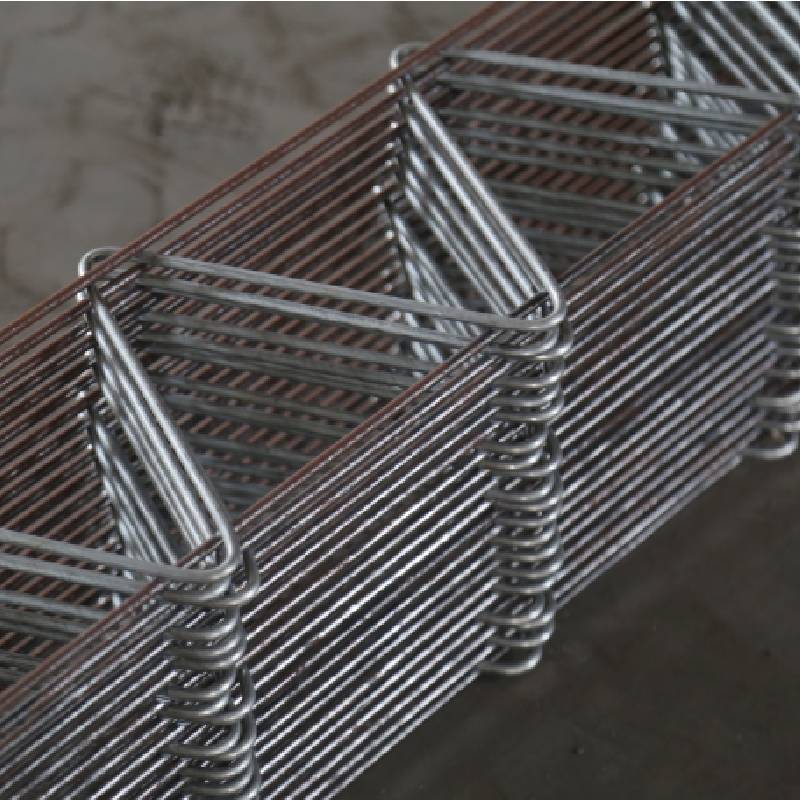
- Mobile Phone
- +8613931874955
- sales@cntcmetal.com
Exploring the Benefits of Tomato Support in Gardening and Crop Management Techniques
Understanding Tomato Support Benefits and Best Practices
Tomatoes are one of the most popular garden crops around the world. They are not only delicious but also offer numerous health benefits. However, growing tomatoes can present several challenges, primarily due to their growth habit and the weight of the fruit. A key strategy for successful tomato cultivation is providing adequate support. In this article, we will explore the importance of tomato support, the various methods available, and best practices to ensure a bountiful harvest.
The Importance of Tomato Support
Tomato plants are classified as either determinate or indeterminate. Determinate varieties grow to a certain height and produce all their fruit in a short period, while indeterminate varieties continue to grow and produce fruit throughout the growing season. Regardless of the type, providing support is crucial for several reasons
1. Preventing Damage Tomato plants can become top-heavy due to the weight of the fruit, leading to broken branches and damage to the plant. Support systems help prevent this by allowing the plant to remain upright.
2. Improved Air Circulation Properly supported plants enable better air circulation around the foliage. This reduces the risk of diseases such as blight, which thrive in damp, crowded conditions.
3. Easier Harvesting When tomato plants are trained upwards, harvesting becomes significantly easier. Gardeners can access the fruit without having to bend down or search through foliage.
4. Better Sun Exposure Tomatoes require plenty of sunlight for optimal growth. Support systems keep plants elevated, ensuring that sunlight reaches all parts of the plant, which can enhance photosynthesis and improve fruit quality.
Methods of Supporting Tomato Plants
There are several methods for supporting tomato plants, each with its advantages and disadvantages. Here are some of the most effective
1. Stakes Using wooden or metal stakes is one of the simplest forms of tomato support. Gardeners can insert a stake next to each plant and tie the main stem to the stake using soft ties. This method is particularly effective for indeterminate varieties.
tomato support

2. Cages Tomato cages provide a sturdy structure that surrounds the plant. These can be made from wire, plastic, or wood and are ideal for both determinate and indeterminate varieties. Cages provide a good balance of support and allow plants plenty of room to grow.
3. Treillis Trellis systems are often used for indeterminate tomatoes. By placing a trellis behind the plants, gardeners can train the stems to grow upward. This method maximizes space in smaller gardens and provides excellent air circulation.
4. Florida Weave This technique involves tying twine or string between stakes that are driven into the ground on either side of a row of tomatoes. It allows for easy adjustment as the plants grow and provides sturdy support.
Best Practices for Tomato Support
To ensure maximum effectiveness of your chosen support method, consider the following best practices
- Install Supports Early It's best to set up support systems when planting young tomato plants. This prevents root disturbance later and allows plants to grow into the support structure.
- Use Soft Ties When tying plants to stakes or trellises, use soft materials like cloth strips or garden twine, which won’t cut into the stem as it grows.
- Monitor Growth Regularly check the ties and supports throughout the growing season. As plants grow, they may require additional support or adjustments to ensure they are securely held in place.
- Choose the Right Method for Your Variety Understanding whether you’re growing determinate or indeterminate tomatoes will help you select the most suitable support structure.
In conclusion, providing adequate support for tomato plants is essential for a successful gardening experience. By implementing the right support methods and best practices, gardeners can ensure their tomato plants thrive, producing robust fruit while minimizing stress and damage. Happy gardening!
share:
-
Your Source for Concrete Wall Ties and Masonry AccessoriesNewsJul.10,2025
-
Unlocking the Power of Iron Wire for Every ProjectNewsJul.10,2025
-
Explore Advanced Chain Wire and Stainless Steel Mesh FencingNewsJul.10,2025
-
Discover the Benefits of Annealed Wire ProductsNewsJul.10,2025
-
Discover China Stainless Steel Wire Mesh SolutionsNewsJul.10,2025
-
Build with Confidence Using High-Performance Masonry AccessoriesNewsJul.10,2025
-
Why Sacrificial Formwork Is Redefining Underground ConstructionNewsJun.06,2025



















